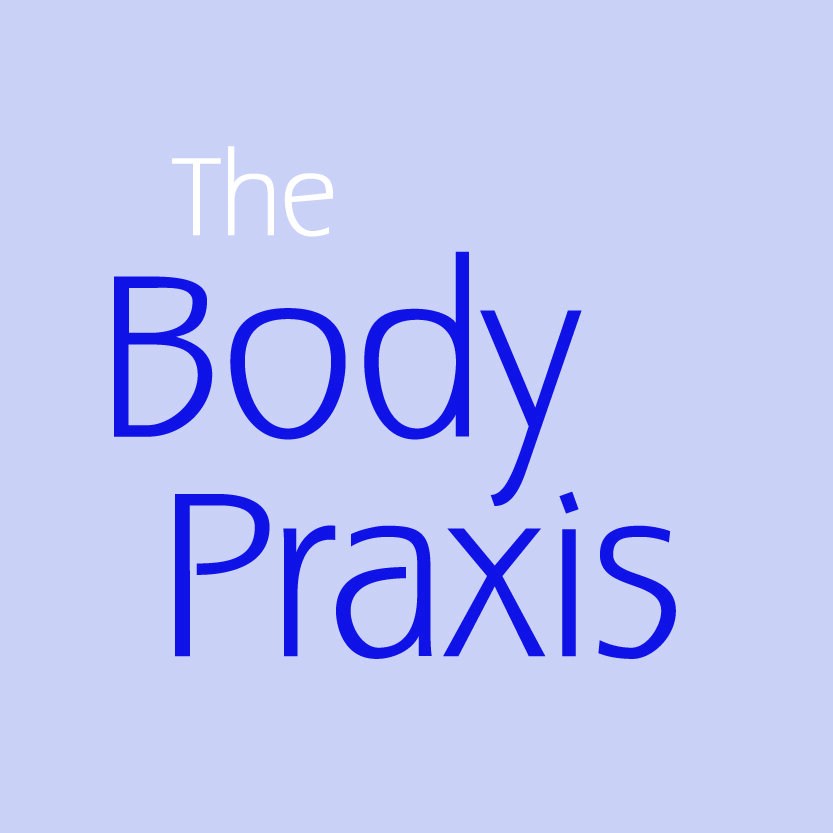Why you need to know about your shoulder blades
I have had shoulders on my mind these recent weeks…
I attended a virtual conference organized by Balanced Body and spent over 2 hours watching a seminar led by Tom McCook on the shoulder complex. I also got to see a Balanced Body webinar “Deeper Dives” with focus on the shoulder complex (thank you, Sarah Artha Negara, for the wonderful presentation!). AND: I spent the entire month of July in class with Shari Berkowitz, an amazing classical Pilates teacher, learning and practicing correct shoulder mechanics.
Personally my shoulders are what I keep having to work on and not just to avoid re-injuring them especially after a bout of bursitis a few years back when I had a busy bodywork practice in Oakland, CA.
What exactly is the part that we refer to as the shoulder?
In her presentation Sarah referred to the shoulder complex which consists of
the shoulder girdle, i.e. the shoulder blade (scapula) and the collar bone (clavicle), with the sternoclavicular joint (where the clavicle articulates with the sternum) and the acromioclavicular joint (where the clavicle articulates with the acromium of the scapula) in the front of the body and the scapulothoracic joint (where the scapula floats over the ribcage) in the back of the body. Note that the scapulothoracic joint is not a true joint: the shoulder blades slide around the ribcage with the help of muscles;
the glenohumeral joint, i.e. the joint where the upper arm bone (humerus) articulates with the shoulder blade. Note how shallow that joint is compared to - say - the hip joint.
The possible movements in the shoulder complex are:
shoulder blades: they move upwards (elevation) or downwards (depression), towards the spine (adduction/retraction) and away from the spine (abduction/protraction). They rotate upwards and downwards.
shoulder joint: the humerus and the shoulder blade allow the following movements: flexion, extension, abduction and adduction as well as internal and external rotation.
Due to its construction the shoulder complex allows us a large range of motion and - at the same time - makes it prone to injuries often due to suboptimal alignment and/muscular imbalances around the joints. The mobility we have in the shoulder comes with the potential of instability.
Common shoulder issues have to do with our tendency to over-move the shoulder blades, meaning we make them part of a movement that they don’t need to be or shouldn’t be part of.
Here are just a few examples:
Posture with forward rounded shoulders. This impacts our posture as it makes us more inclined to be rounded in the upper back. Chronic tightness in the chest musculature “helps” and keeps the musculature in the back and between your shoulder blades chronically lengthened and somewhat inactive. This creates and exacerbates muscular imbalances that make it hard for us to get into optimal shoulder complex alignment when under load.
The shoulder blades are on the back, the upper back shape looks more upright
The shoulder blades are protracted, shoulders rounded forward, upper back looks more rounded even though it hasn’t changed at all
Shoulder extension. To bring your arm behind you into shoulder extension, your upper arm bone moves in the shoulder joint. The scapula is not part of that movement. However, we often do this:
Shoulder extension with (unnecessary) shoulder blade protraction
Shoulder extension with the shoulder blade positioned correctly on the back
Keeping the shoulder blades pulled down when you bring your arms overhead. A cue you (still) hear often is to pull your shoulder blades down towards your back pockets which is detrimental to the shoulder mechanics when you try to raise your arms higher than shoulder height. The shoulder blades need to rotate upward to allow your arms to move overhead, and locking them down will cause movement dysfunction in the shoulder joint.
Now what?
When it comes to keeping your shoulder complex healthy and functioning well, it is essential to learn
what good alignment in the shoulder complex is and how to create it;
for different movements where they should optimally originate from (this really applies to all movements not just shoulder movements!).
The goal is to understand what it is you are trying to do (asking WHY you are doing a certain movement) and to find the strongest support for it.
To push something with your hands away from you, the strongest support of that movement is with your shoulder blades on your back, neither protracted nor retracted. Similarly for when you are pulling something towards you.
In your movement coaching session you will learn what you need to do to keep your shoulders happy and strong!
Cat with protracted shoulder blades. Here my intention is to stretch the muscles between my shoulder blades as I let the shoulder blades move away from the spine (protracted shoulder blades).
Cat without pulling my shoulder blades out to the side but keeping them on my back. Here my intention is to strengthen my shoulder girdle and balance the muscular strength in the front and the back of my torso.
Pushing with protracted shoulders. Not optimal for the shoulder joint as the upper arm bone is not seated optimally in the shoulder joint.
Pushing while keeping my shoulder blades on my back (i.e. not protracted nor retracted). Strong arms and happy shoulder joints!











